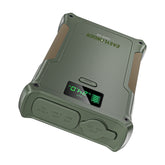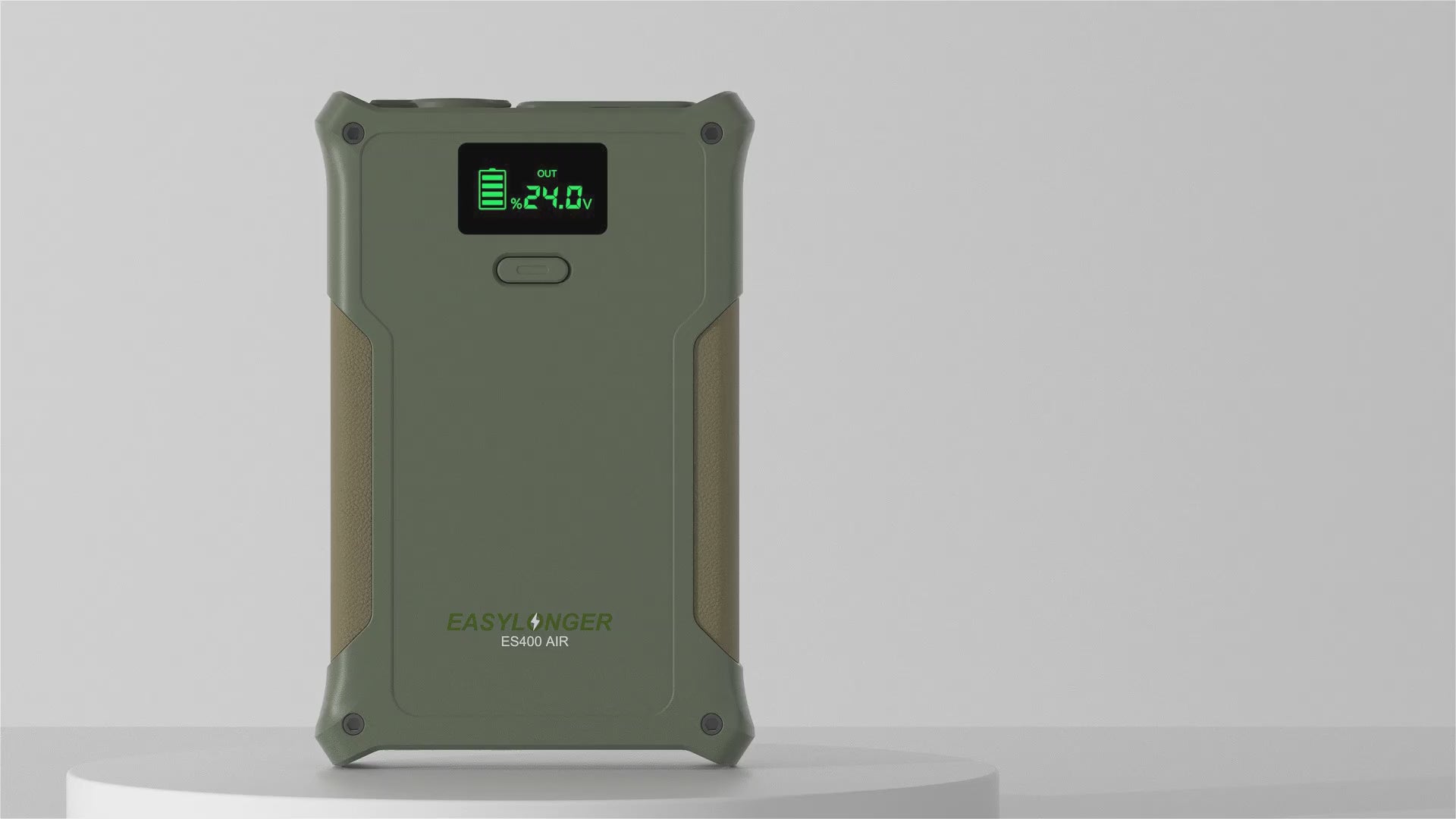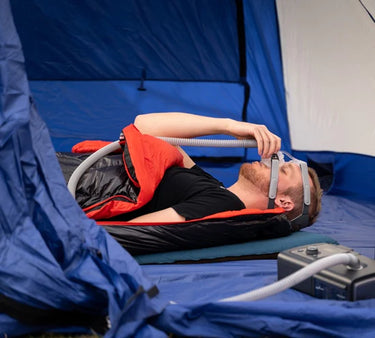The Best Exercises to Alleviate Sleep Apnea Symptoms and Improve Breathing
The Best Exercises to Alleviate Sleep Apnea Symptoms and Improve Breathing
Sleep apnea is commonly treated with CPAP therapy, but did you know that certain exercises can also help improve symptoms and reduce its severity? These exercises, many of which can be performed at home, focus on strengthening muscles in the mouth, throat, and respiratory system—key areas affected by sleep apnea.
In this article, we will explore a variety of simple, effective exercises for sleep apnea that you can easily incorporate into your daily routine. We’ll explain why they work, step-by-step instructions for each one, and how regular physical activity can help you breathe better and sleep more soundly.
Why Exercise Matters for Sleep Apnea
Exercise therapy offers a natural, non-invasive way to manage sleep apnea symptoms. While it may not replace CPAP therapy, incorporating these exercises into your routine can:
- Strengthen the muscles that control your airway.
- Reduce the severity of snoring and sleep apnea events.
- Improve your overall breathing and sleep quality.
By targeting specific muscle groups affected by sleep apnea, these exercises aim to reduce airway obstruction and make it easier to breathe during sleep. Let’s take a closer look at some of the most effective exercises you can try.
1. Tongue Exercises for Better Airway Control
Your tongue plays a significant role in maintaining an open airway while you sleep. When weak, your tongue can fall back and obstruct your throat, leading to sleep apnea. Strengthening the tongue and surrounding muscles can reduce the risk of airway blockage.
Side-to-Side Tongue Protrusion
- Stick your tongue out as far as possible.
- Move your tongue to the left and hold for 10 seconds.
- Move it to the right and hold for another 10 seconds.
- Repeat 10 times on each side.
Front-to-Back Tongue Slide
- Place your tongue at the roof of your mouth.
- Slide it backward to the soft palate, then move it forward again.
- Hold each position for 5-10 seconds.
- Repeat 10 times.
Up-and-Down Tongue Stretch
- Stick your tongue out and move it upwards towards your nose, holding for 5-10 seconds.
- Then, move it down towards your chin and hold again.
- Repeat this stretch 10 times.
2. Throat Exercises to Improve Airflow
The muscles in your throat and soft palate are just as important for preventing sleep apnea. When these muscles weaken, they can collapse during sleep, obstructing airflow. Strengthening them with specific exercises can reduce the frequency of apnea events.
Hold the Yawn
- Inhale as if you are going to yawn.
- Hold the air in your mouth while puffing your cheeks out.
- Use your fingers to gently press on your cheeks, maintaining the puffed-cheek position for 10 seconds.
- Repeat 5 times.
Soft Palate Pushups
- Say the word “AH” to engage your soft palate.
- Then say “NG” to engage the lower part of your palate.
- Alternate between the two sounds, holding each one for 3 seconds.
- Repeat for 2-3 minutes.
Tiger Yell
- Open your mouth wide and mimic the expression of a tiger about to roar.
- Push your tongue out and down toward your chin.
- Hold for 5 seconds, then repeat 10 times.
3. Mouth and Facial Exercises to Strengthen Jaw and Cheeks
The muscles in your cheeks, jaw, and facial areas play an important role in maintaining an open airway. These exercises, while simple, can have a big impact on reducing the severity of sleep apnea.
Fish Face
- Close your lips and suck in your cheeks, making a fish-like face.
- Hold the position for 10 seconds, then relax.
- Repeat 10 times.
Jaw Tension Release
- Open your mouth as wide as possible, stretching your jaw.
- Hold for 10 seconds, then relax your muscles.
- Repeat 10 times.
4. Breathing Exercises to Strengthen Your Respiratory System
Breathing exercises can help to build the muscles in your respiratory system, such as the diaphragm, and improve overall airflow. These exercises are especially beneficial for people with Obstructive Sleep Apnea (OSA) and other forms of sleep-disordered breathing.
Alternating Nasal Breathing
- Close one nostril and inhale through the other nostril.
- Switch nostrils and exhale through the opposite side.
- Repeat this cycle for 10 breaths.
Diaphragmatic Breathing
- Lie on your back with your knees bent and one hand on your chest, the other on your abdomen.
- Take slow, deep breaths through your nose, making your abdomen rise while keeping your chest still.
- Exhale slowly and repeat for 5-10 minutes.
5. Full-Body Exercises to Prevent and Alleviate Sleep Apnea
In addition to targeted exercises, regular full-body workouts can improve overall health and reduce the risk of sleep apnea complications. Physical activity can strengthen the muscles that support your airway and promote better breathing during sleep.
Recommended Full-Body Workouts
- Speed walking
- Running
- Yoga
- Swimming
- Cycling
- Pilates
Conclusion
Regularly practicing these exercises can significantly reduce the severity of your sleep apnea symptoms and help you breathe easier at night. While these exercises should not replace professional medical treatment, they can serve as an effective complement to other therapies. If you have sleep apnea, consult with your healthcare provider to determine which exercises are best for your condition.















